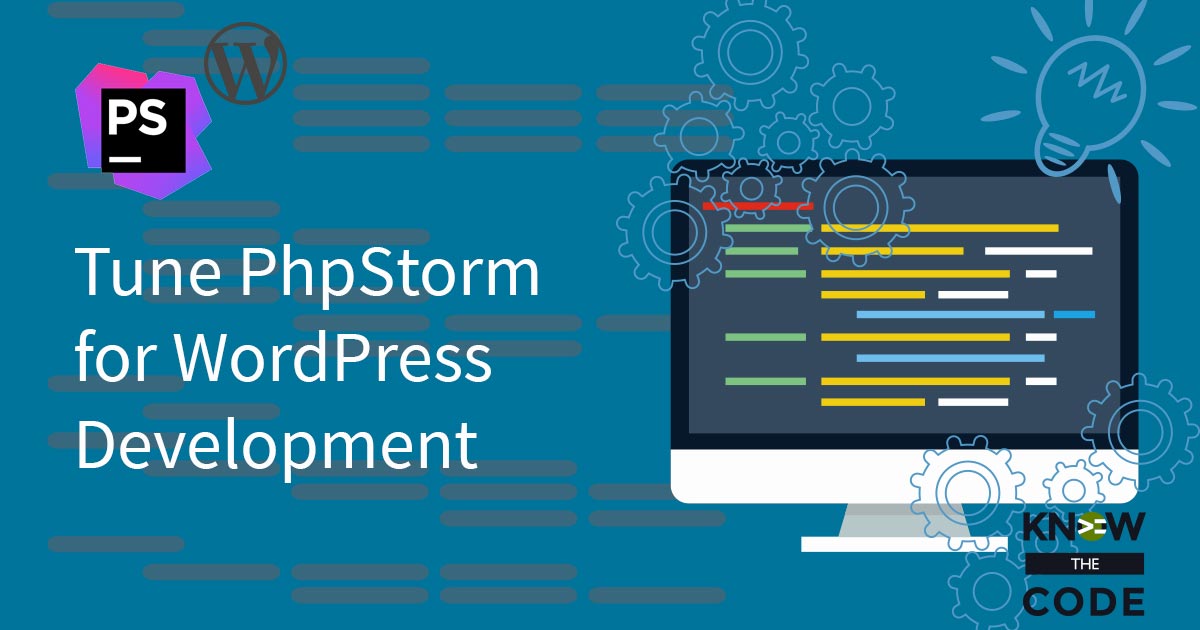PhpStorm allows you to pre-define how you want to document your functions. Using templates, you layout the DocBlock format and structure for things like the revision number, parameters, return value, etc. Why? Why would you want to do this? It saves you time and promotes a standard approach for documentation. Let’s define the template together in this episode.

